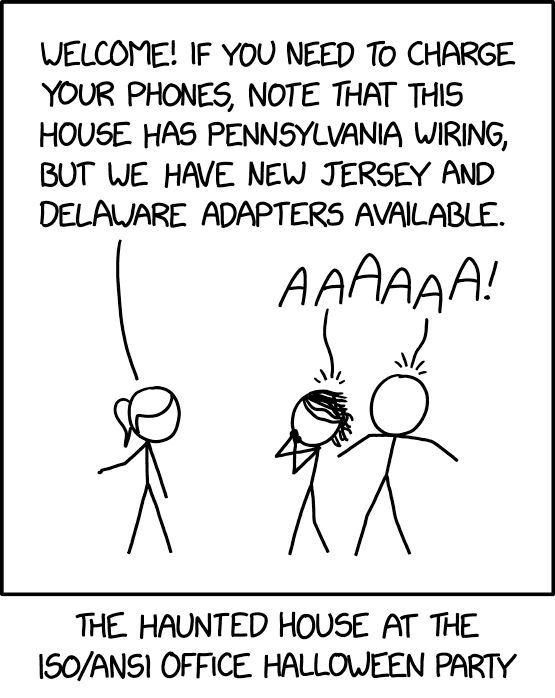

IMHO UnifiedPush is just a poor re-implementation of WebPush which is an open and distributed standard that supports (and in the browser requires, so support is universal) E2EE.
UnifiedPush would be better as a framework for WebPush providers and a client API. But use the same protocol and backends as WebPush (as how to get a WebPush endpoint is defined as a JS API in browsers, would would need to be adapted).






Must be because Factorio released 2.0 and the Space Age DLC recently.